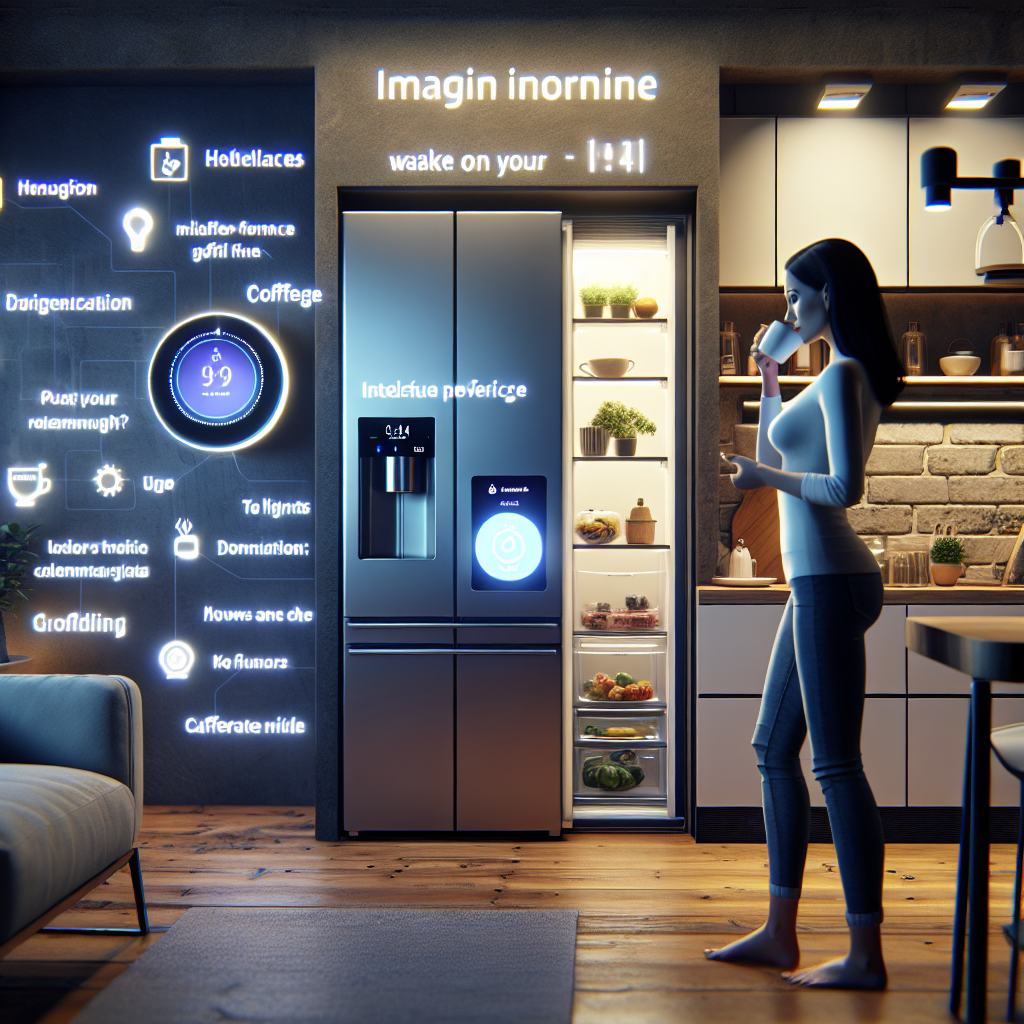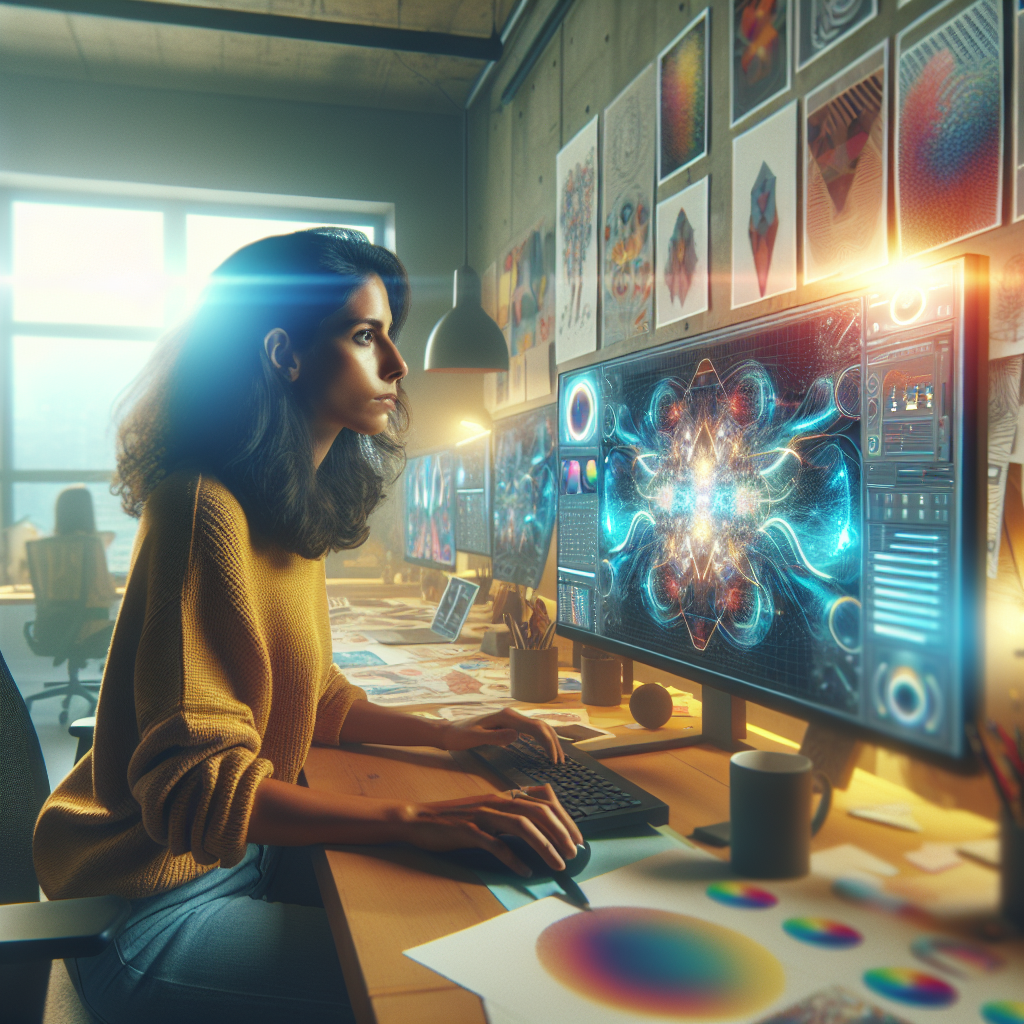Generative AI: Advanced Horizons in 2025 Beyond Chatbots to Multimodal Applications
The expanding horizons of generative AI are reshaping the technological landscape as we approach 2025. Once primarily associated with chatbots, generative AI is now venturing into diverse and multimodal AI applications. These advancements hold the potential to revolutionize industries ranging from healthcare and entertainment to AI-driven robotics. As AI professionals, data scientists, and enthusiasts seek to explore the depth of this evolving field, the integration of AI in robotics and other innovative applications becomes imperative.
An exploration of these emerging trends offers insights into the real-world relevance of generative AI. This article sheds light on the multifaceted capabilities of generative AI and its application across various sectors, addressing the pain points of traditional systems and highlighting prospective breakthroughs.
Unveiling Multimodal AI
Multimodal AI represents a sophisticated blend of multiple data types—text, audio, image, and video—enabling a more nuanced interpretation of information. Unlike traditional AI models, which often focus on a single data type, multimodal AI processes varied inputs for comprehensive insights. For AI professionals, this represents a leap towards creating more responsive and intuitive applications.
The technological advancements in neural networks and transformers have facilitated the rise of this AI paradigm, allowing disparate data modalities to converge seamlessly. This integration empowers systems to deliver more accurate and context-aware outputs, reducing the limitations previously encountered in AI applications.
Generative AI in Robotics
Generative AI has paved the way for significant enhancements in AI-driven robotics. By generating new designs and optimizing tasks autonomously, robotics integrated with generative AI can perform complex functions more efficiently. The collaboration between AI and robotics is poised to redefine sectors like manufacturing, healthcare, and logistics.
A pertinent example lies in robotic arms capable of adaptive learning in dynamic environments. Utilizing generative algorithms, these robots can anticipate and respond to changes in real-time, thereby enhancing productivity and accuracy. Such advancements underline the value of adopting generative AI in robotics, addressing long-standing efficiency challenges.
Applications Across Industries
Healthcare
Generative AI’s application in healthcare involves generating accurate medical imaging analyses and predictive diagnostics. Multimodal AI assists in interpreting a diverse range of patient data, thus streamlining diagnostics and personalizing treatments.
Entertainment
In the entertainment sector, generative AI creates content such as music, art, and narratives that resonate with audiences by learning from existing styles. The merging of AI and creativity not only expands artistic boundaries but also enhances consumer engagement.
Finance
The financial industry benefits from AI’s capabilities to forecast market trends and manage risk through predictive modeling. The integration of multimodal inputs results in more robust and informed financial strategies.
Emerging Trends in 2025
The year 2025 heralds several promising trends in generative AI. Augmenting creative processes through AI-generated content continues to gain momentum. Meanwhile, the rise of decentralized AI platforms ensures privacy-preserving computations, addressing data security concerns.
Moreover, advancements in synthetic data generation attempt to bridge the gap created by limited training datasets, promoting more robust AI systems. As these trends evolve, they offer a glimpse into the future trajectory of AI technologies.
Real-World Case Studies
The adoption of generative AI across sectors has led to noteworthy case studies. A prominent instance involves AI systems in autonomous vehicles, where multimodal AI powers navigation, object detection, and real-time decision-making.
In the retail sector, a leading company has employed generative AI to optimize supply chain processes. The integration of multimodal data assists in predictive analytics, enhancing both stocking mechanisms and customer satisfaction.
FAQs
What is the main advantage of multimodal AI?
The main advantage of multimodal AI is its ability to process and integrate different types of data, leading to more comprehensive insights and improved decision-making capabilities.
How does generative AI improve robotics?
Generative AI improves robotics by enabling systems to autonomously generate solutions, adapt to new environments, and optimize tasks, leading to enhanced efficiency and precision.
Which industries are most affected by generative AI?
Industries most affected by generative AI include healthcare, entertainment, robotics, and finance, where AI enhances diagnostics, content creation, automation, and market analysis.
What future trends in AI should we expect by 2025?
By 2025, expect trends like augmented creativity with AI-generated content, decentralized AI platforms for secure computations, and advancements in synthetic data generation.
Conclusion
In conclusion, the journey of generative AI from chatbots to multimodal applications signifies a transformative leap. Its integration across various industries not only enhances capabilities but paves the way for future innovations. As we approach 2025, staying updated with these advancements is crucial for AI and data science professionals.
Embrace the expanding possibilities of AI by subscribing to updates at Subscribe to receive. For further reading, explore insights on AI and generative AI at AI Blogs, GenAI Blogs, and Data Science Blogs.



